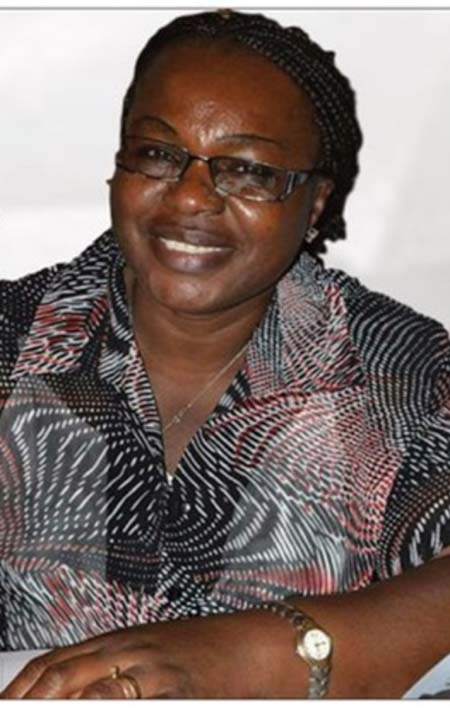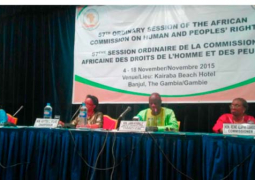
Basic
and Secondary Education Minister Claudiana Cole, has said that Islamic schools
(madarasas) and private schools are not part of the School Improvement Grant
(SIG). It’s only the government schools that are beneficiaries, she added.
She,
however, disclosed that discussions are ongoing to include the Islamic schools
in the (SIG).
She
made these remarks while responding the questions from the National Assembly
Members (NAMs) on Wednesday.
She
said the School Improvement Grant (SIG) is based on enrolment, adding the lower
basic schools of non-designated hardship areas receive D100 per child per year
and those in the hardship areas receive D150 per child per year.
Minister
Cole added that the upper basic schools in non-designated hardship areas
receive D575 per child per year whilst those in the designated hardship areas
receive D675 per child per year.
Ms.
Cole further explained that the School Improvement Grant (SIG) allocation per
child per year in senior secondary schools that do not receive subvention from
government is D1800 and senior secondary schools that receive subvention are
given D1300 per child per year. In addition D2000 is given per child for the
purchase of textbooks for all students in grade 10. “The Islamic schools are
not currently benefiting from the School Improvement Grant (SIG).”
According
to her, the 90 million budget allocated for school feeding is quite small in
relation to the national demand, adding that government allocation is meant to
support the government intervention in only regions 2 and 4.
She
noted that 186 schools including madrasas are currently benefiting from the
programme. “It’s important to note that all schools in Region 4 are covered;
only schools in the upper parts of Region 2 could be covered from the
allocation and this was why we requested for an increase in the budget to
enable us to cover all schools in these two regions.


